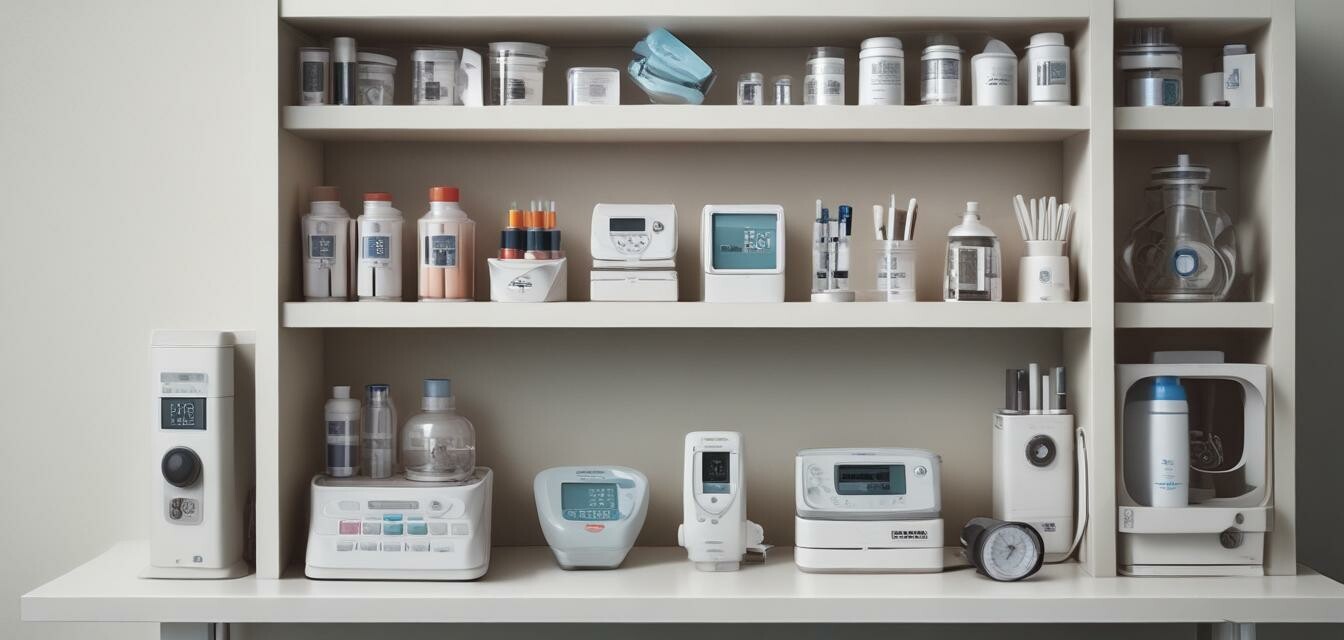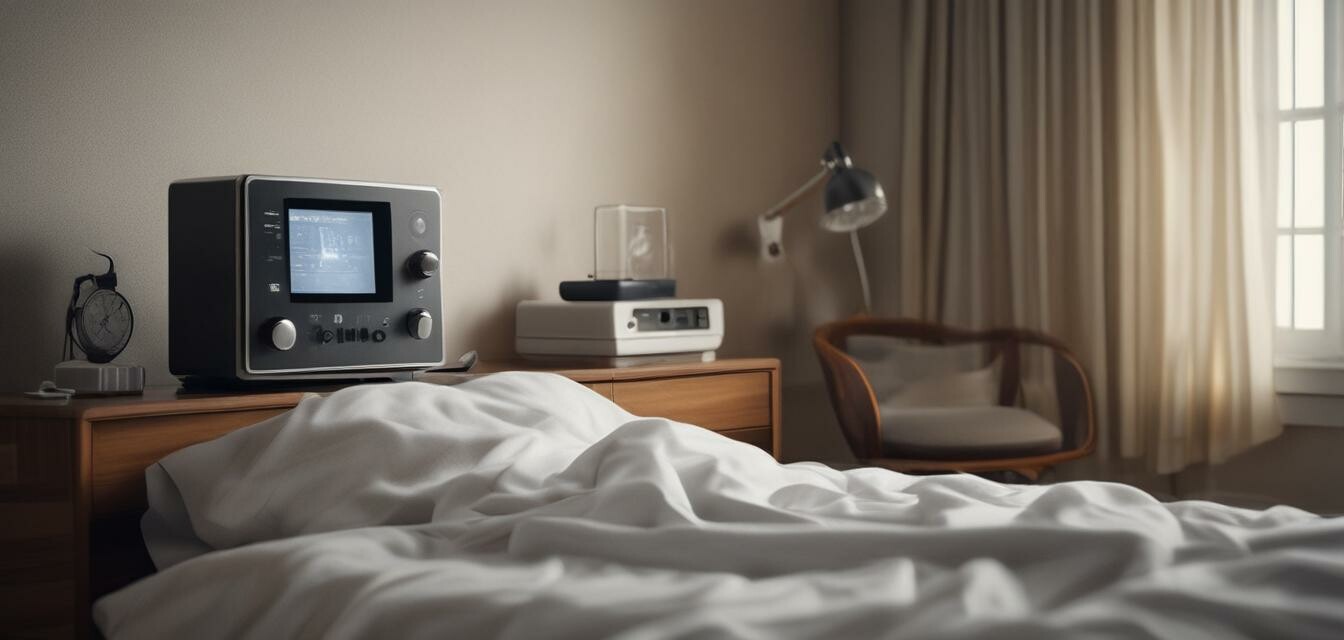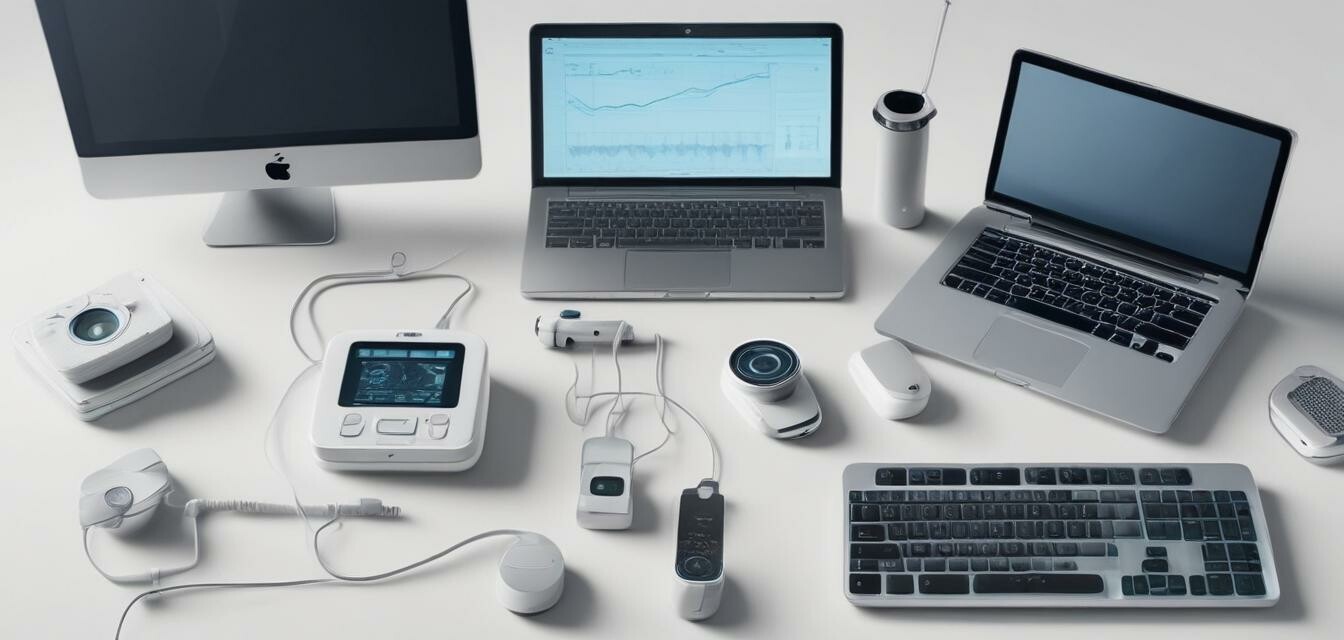
Innovative Telemedicine Devices
Telemedicine devices have transformed how we access healthcare, making consultations more convenient and accessible than ever. These compact medical devices are designed to be user-friendly and fit comfortably within your home environment, ensuring you can receive the care you need without the hassle of traditional visits.
Key Takeaways
- Telemedicine devices enhance healthcare accessibility from the comfort of your home.
- Compact designs optimize space and ease of use.
- Devices available include blood pressure monitors, nebulizers, and more.
- Integrated technologies offer seamless communication with healthcare providers.
Understanding Telemedicine Devices
Telemedicine devices vary in type and application, each serving a unique purpose in facilitating patients' access to doctors without requiring physical travel. The rise in these devices has been especially notable during times when face-to-face consultations are not possible.
Types of Telemedicine Devices
| Device Type | Primary Use | Example Devices |
|---|---|---|
| Blood Pressure Monitors | Monitor blood pressure regularly | Digital and automatic options |
| Compact Nebulizers | Administer aerosol medications | Portable and easy-to-use models |
| Infrared Thermometers | Measure body temperature quickly | No-contact devices |
| Light Therapy Devices | Provide various light treatments | LED and daylight models |
| Portable ECG Monitors | Monitor heart rhythms | Pocket-sized ECG devices |
| Portable Oxygen Concentrators | Deliver oxygen therapy at home | Lightweight and portable options |
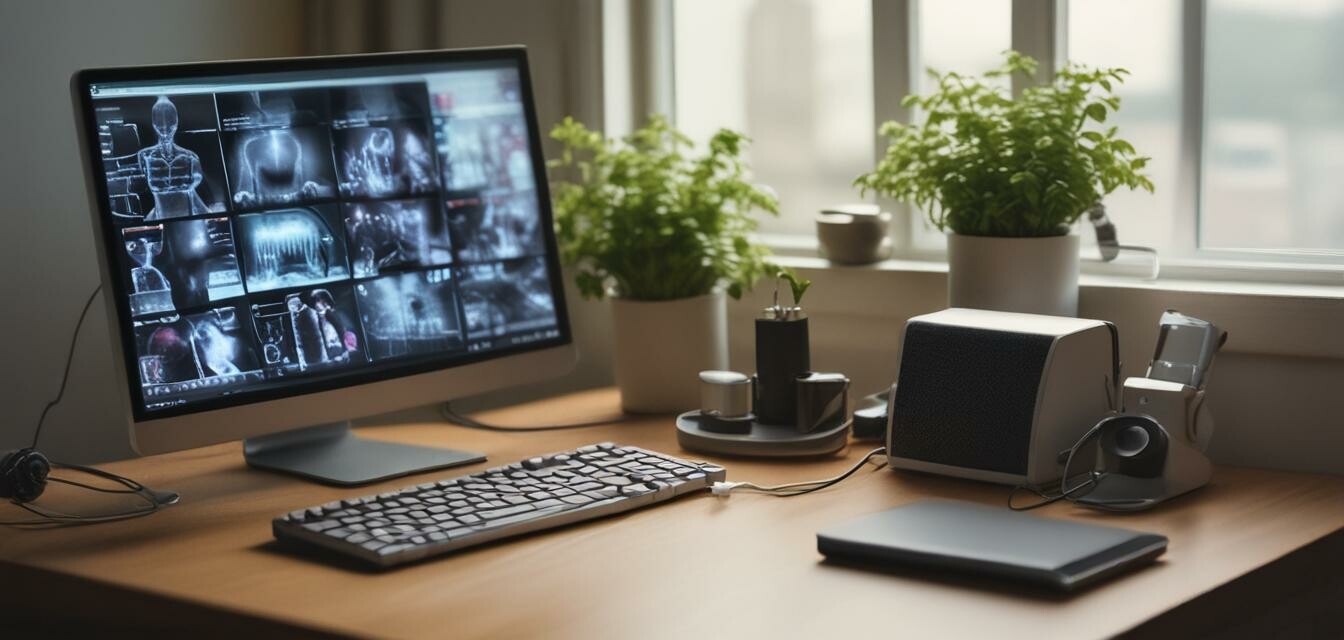
Benefits of Using Telemedicine Devices
The use of telemedicine devices offers a multitude of benefits for patients and healthcare providers alike. Below are some of the most significant advantages:
- Convenience: Access healthcare consultations from your home, reducing travel time and expenses.
- Accessibility: Obtain health monitoring equipment that can be easily utilized, especially for seniors or individuals with mobility issues.
- Improved Health Outcomes: Regular monitoring allows for timely interventions and better management of chronic conditions.
- Cost-Effective: Reduce healthcare costs associated with in-person visits and emergency room trips.
Factors to Consider When Choosing a Telemedicine Device
When selecting a telemedicine device, it's essential to consider several factors that can affect your experience and the effectiveness of the device:
- Compatibility: Ensure that the device is compatible with telehealth platforms and applications used by your healthcare provider.
- Ease of Use: Look for intuitive interfaces and straightforward operation to facilitate user experience.
- Size and Portability: Evaluate whether the device is compact and easy to store, especially in smaller living spaces.
- Battery Life and Maintenance: Consider how often the device needs charging or maintenance to avoid interruptions during use.
How Telemedicine Devices Work
Most telemedicine devices connect to a central platform or app that facilitates communication between patients and healthcare providers. Here's a brief overview of how the process generally works:
- Device Setup: Users set up their equipment according to the manufacturer's instructions.
- Data Collection: Devices collect health data (e.g., blood pressure, heart rate).
- Transmission: Data is sent securely to healthcare providers via Wi-Fi or Bluetooth connections.
- Monitoring: Physicians review the data in real-time and provide feedback or adjust treatment plans as needed.
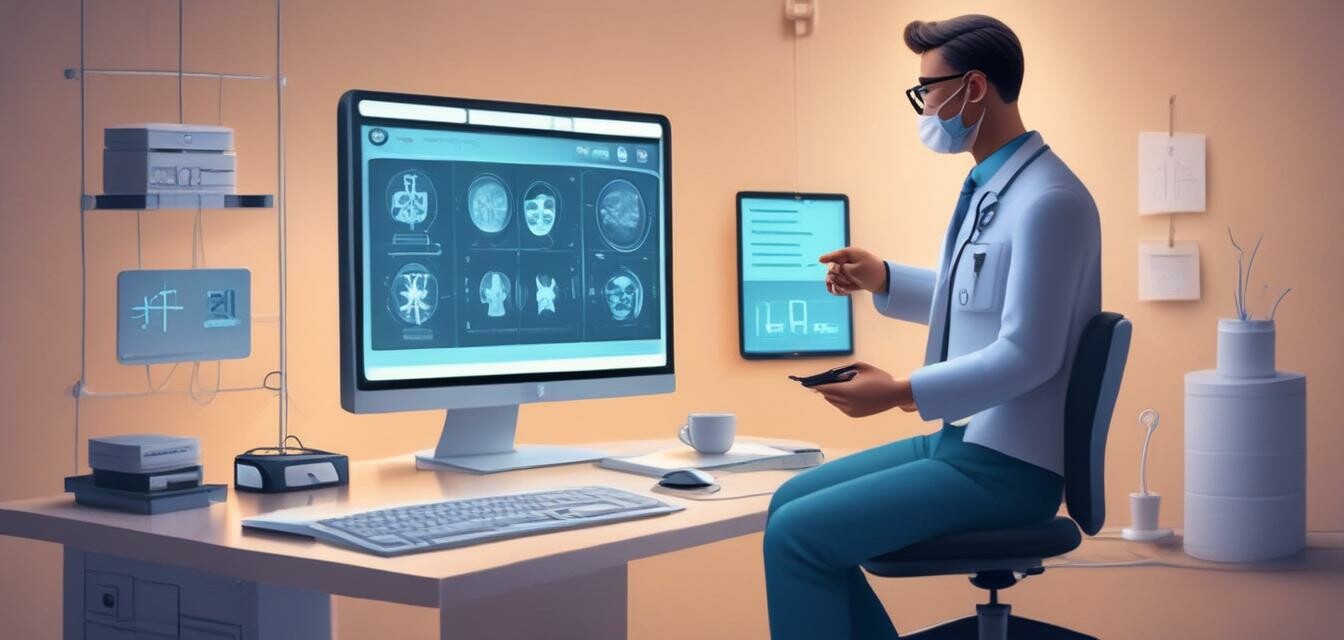
Pros
- Convenient access to healthcare
- Provides timely health monitoring
- Reduces the need for travel
- Promotes proactive healthcare management
Cons
- Reliance on technology may be challenging for some
- Potential issues with data privacy
- Not a substitute for emergency care
- Limited clinical assessments compared to in-person visits
Future of Telemedicine Devices
The future of telemedicine devices looks promising with advancements in technology, including AI and machine learning integration, which can tailor services and personalize health monitoring. Moreover, there is a growing acceptance of telehealth from both patients and providers, which signifies a sustained shift toward remote healthcare solutions.
Emerging Trends
- Wearable Tech: Devices like smartwatches and fitness trackers will enhance monitoring capabilities.
- Artificial Intelligence: AI will facilitate data analysis and provide more personalized health insights.
- Teletherapy Devices: Expansion of devices focused on mental health monitoring and therapy.
- Increased Interoperability: Seamless integration across various healthcare platforms and devices.
Conclusion
In conclusion, telemedicine devices significantly enhance the way healthcare is delivered, making it easier for patients to engage with their health needs without the burden of traditional methods. As technology continues to advance, we can expect even more innovative solutions designed for the home environment, making healthcare more accessible than ever before.
